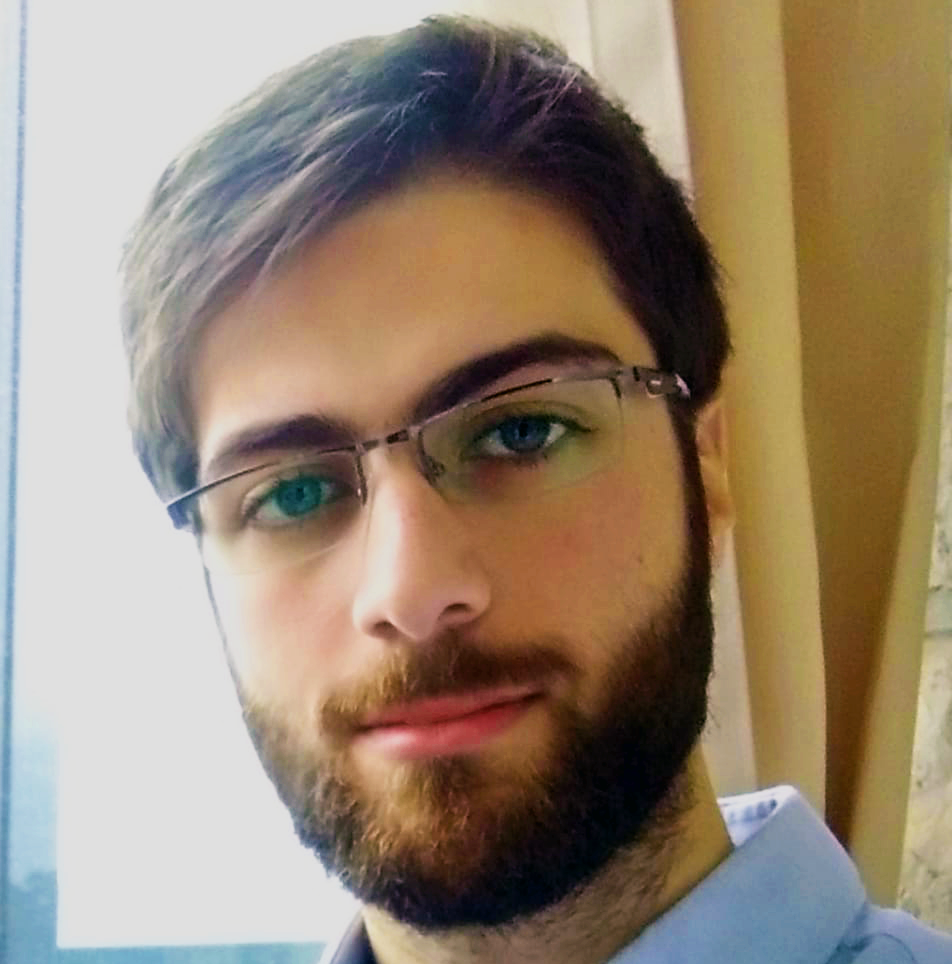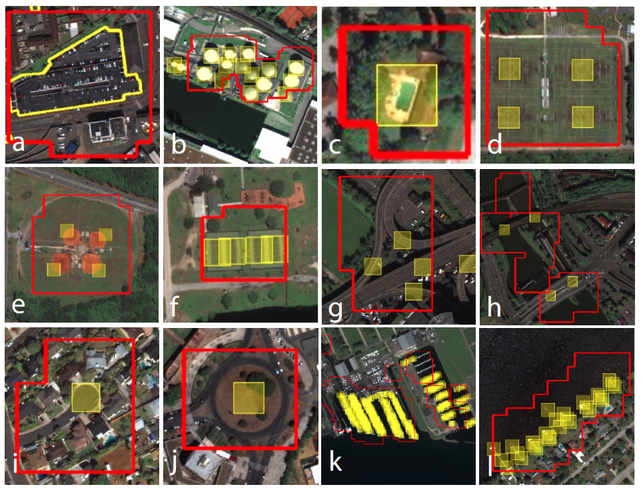#Featured
#Ideas
Amazing visualization of how religion spread across the world
Few weeks ago Business Insider published an amazing visualisation about how religion spread around the world. It goes back to 3000BC when Hinduism started to grow in the Indus river valley around today’s North-West India and South-East Pakistan. Than it goes through 5000 years of history of Hinduism, Buddhism, Christianity, Judaism, and Islam to current millennium in a little over 2 minutes.
source: Business Insider

#Featured
#Events
#Featured
Team Geoawesomeness at INTERGEO 2023
#Environment
#Featured
#Humanitarian
Urban Damage Assessment Using SAR Data: The Case of Aleppo
#Business
#Featured
Demystifying satellite data pricing: A comprehensive guide




